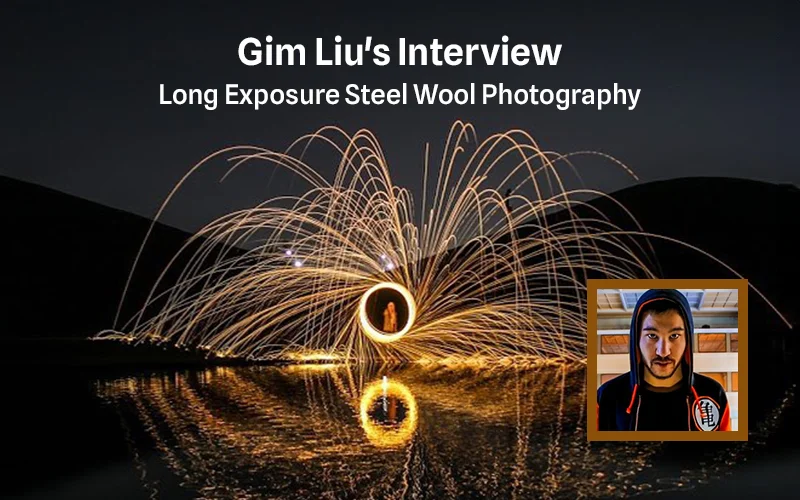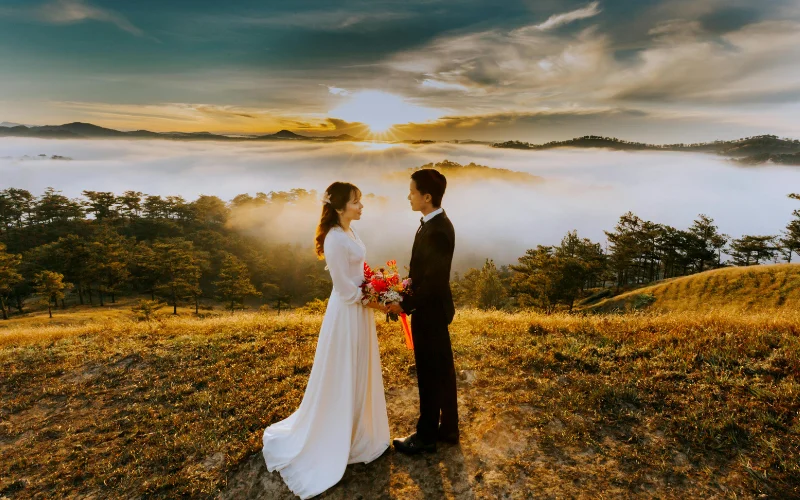When you look at a family portrait, do you ever imagine how the family felt seconds before they were told to smile for the flash? Imagine the parents upset about some secret they keep between themselves. Imagine the kids unbelievably bored or picture each of them casually hateful of each other then told to smile. A portrait isn’t all what it seems. For instance, could a family portrait be taken with a bunch of strangers found on Craigslist and still be called a family portrait? What’s wrong with that? As soon as a photograph’s set and made, isn’t up to the viewer to decide what’s really happening?
These are questions that Jamie Diamond explores with her work. Her portraits force you to inspect, question, and analyze what we are really doing when we smile in front of the camera. Because when you stop and think about it, sitting there with our eyes in a blank fish-gaze, you start to appreciate that a lot of what is spoken in a portrait is actually made up, just invented. This is work that is beautiful, intellectual, and — at least to me — wildly funny.
Also, check out this blog post. You’ll find Jamie Diamond talking about her work in a much better way.
In this brief interview, Jamie Diamond talks about how she got her start in photography, explains why her work explores the inherent fictions within photography, and reveals why photography helped cope with loneliness.
Your work is amazingly intelligent. How did you get your start? How would you describe your work?
I first began exploring photography in graduate school as a way of recording the performances and sculptures I was creating at the time. I was investigating the loneliness I was feeling and my longing for childhood and family. So, I began manufacturing my own fictitious families by putting advertisements on Craigslist.
You write on your website that your work explores “the inherent fictions and complex perspectives of photography”. Could you explain what these fictions and perspectives are?
As a child my mother used to take us a few times a year to the studio to get our family portrait taken. Over time it became a ritual, she would dress us in our best outfits and have us pose for the camera in order to present this ideal vision of solidarity and permanence. These portraits ended up plastered in my home. I’ve always been fascinated by this public image of unity, one of closeness and affection. The image is always a simplification and often a falsification of the actual relations and the reality is so often masked behind the smiling faces. We believe photography to be a document of reality but most often it is not what it seems. The process of taking a family portrait is so unnatural, you’re stepping out of the everyday and conducting this performance for the camera.
In Constructed Family Portraits (above), you have strangers pose together as families. Do you think there’s a natural – inherent – pose every real family will assume if asked to pose by themselves? What might a portrait photographer learn from this project?
Absolutely. Family portraits are invariably posed the same way and we are innately fluent in the codes and gestures associated with the pose. I am drawn to vernacular photography and the language of portraiture, the personal imagery we are for better or worse surrounded by.
I Promise to Be a Good Mother is incredible. One of my favorites is #22 (above). The subject’s expression and the room’s imposing colors sum up this project for me. Could you explain what your intention was this specific image? If you had to give a word to the subject’s expression, what word would that be?
The whole series began in response to a diary I kept as a child titled, I Promise to be a Good Mother. This diary documented the relationship with my own mother, written as a kind of rule sheet for later life. In this work, I assume the role of subject and photographer and put on the mask of motherhood, dressing up in my mother’s clothes and interacting with Annabelle, a reborn doll. I’m interested in the fantasy of motherhood, the social structure of the relationship between mother and child, and the performance of inherited social and gender roles. I play out these scenarios with Annabelle for the camera, isolating specific idyllic and contradictory moments.
I Promise to be a Good Mother #27 is my favorite of the entire set (above). The design of this image is precise. It’s intense and a bit uncomfortable. Why did you decide on highlighting symmetry/balance in this image?
This series is an exploration of the complexities surrounding the paradox of the mother/child relationship, investigating both vernacular and art historical depictions. In this particular image, I was very influenced by the artist Hiroshi Sugimoto and his series Seascapes.
Be sure to check out all the work of Jamie Diamond on her website!
















